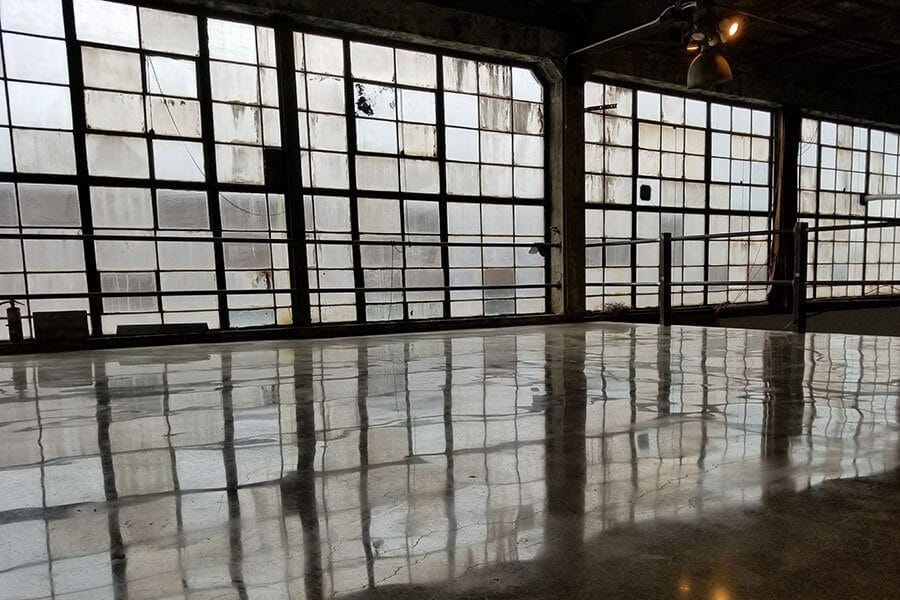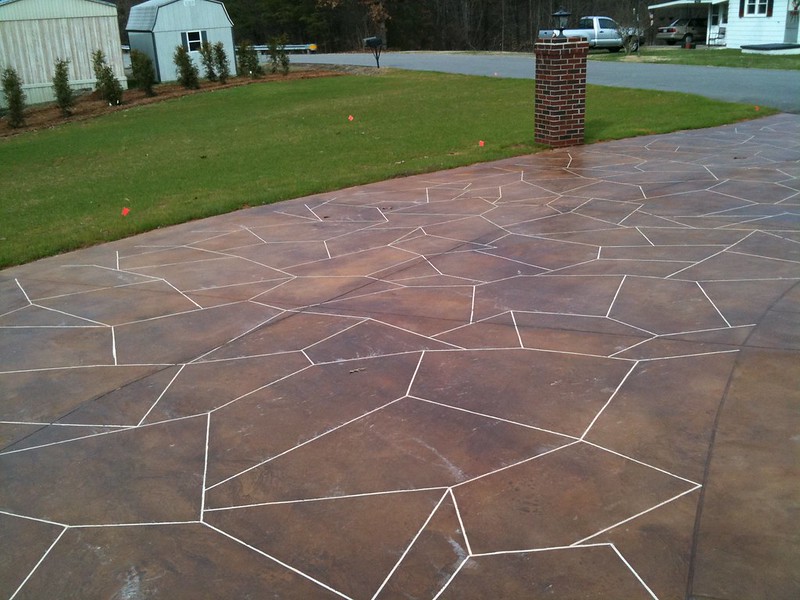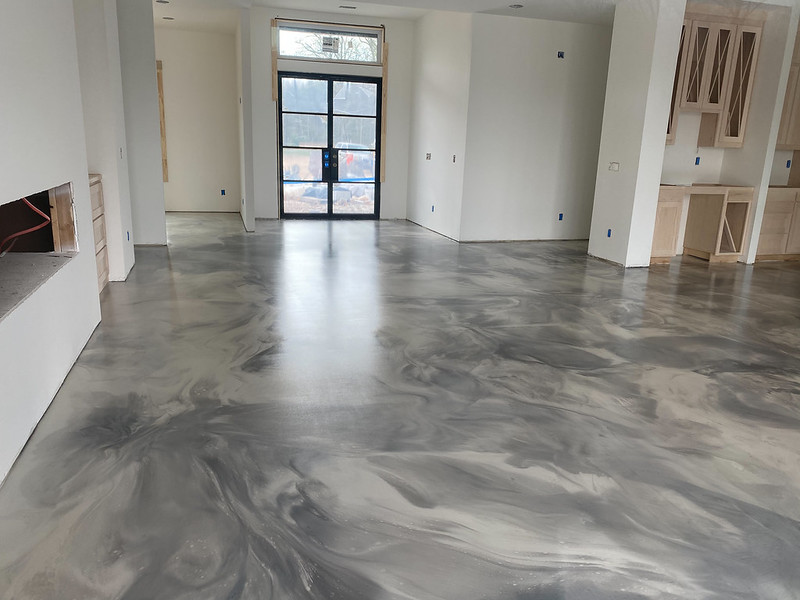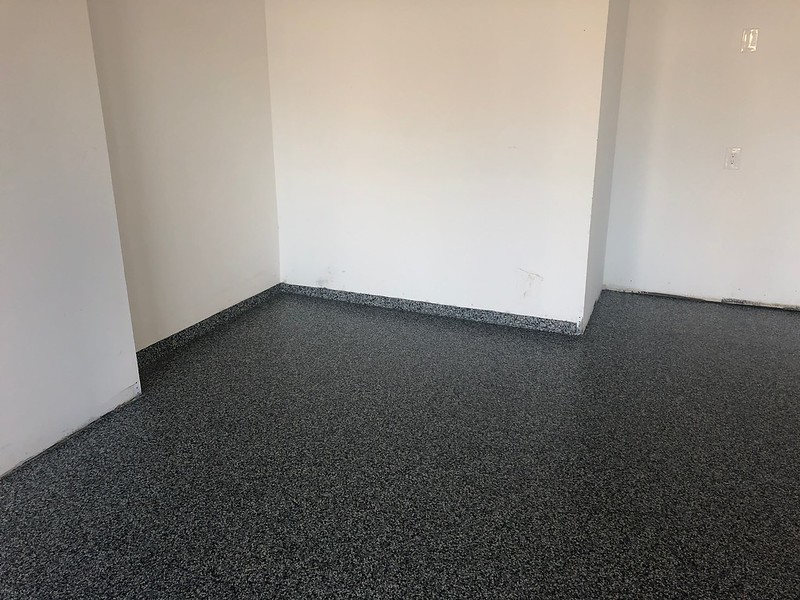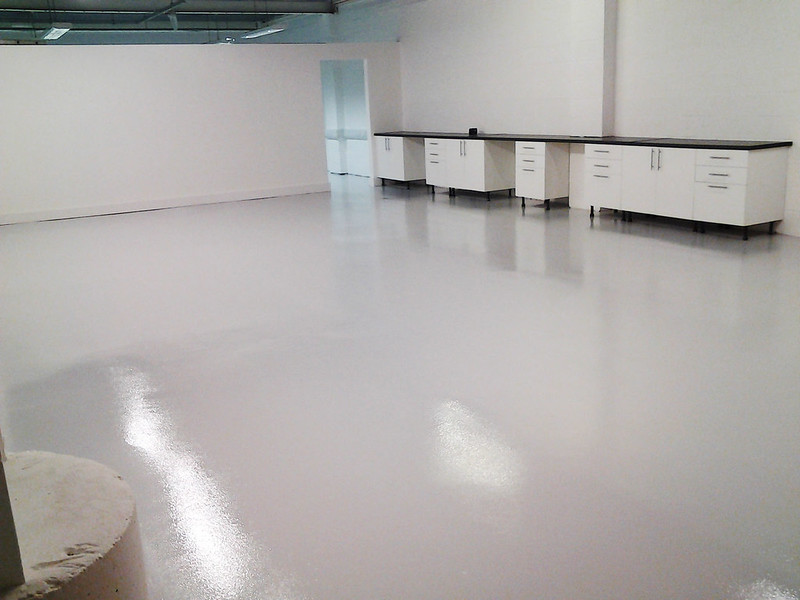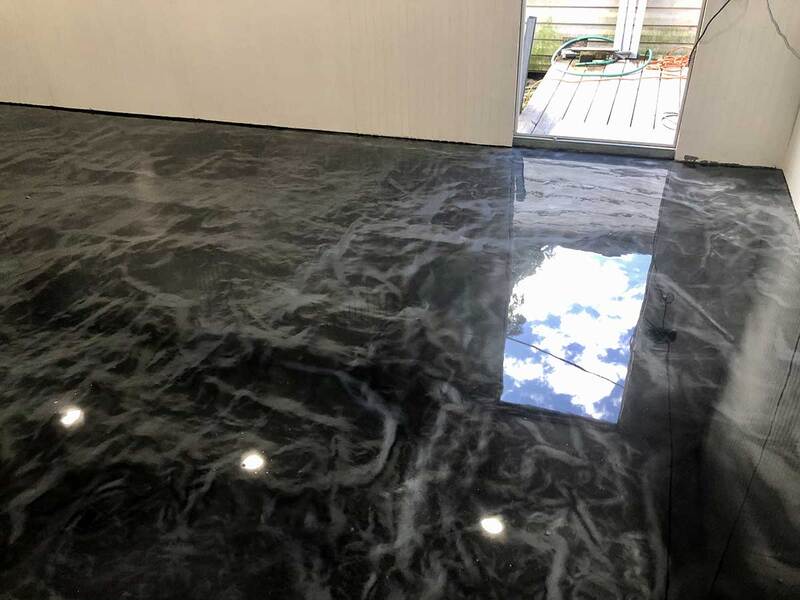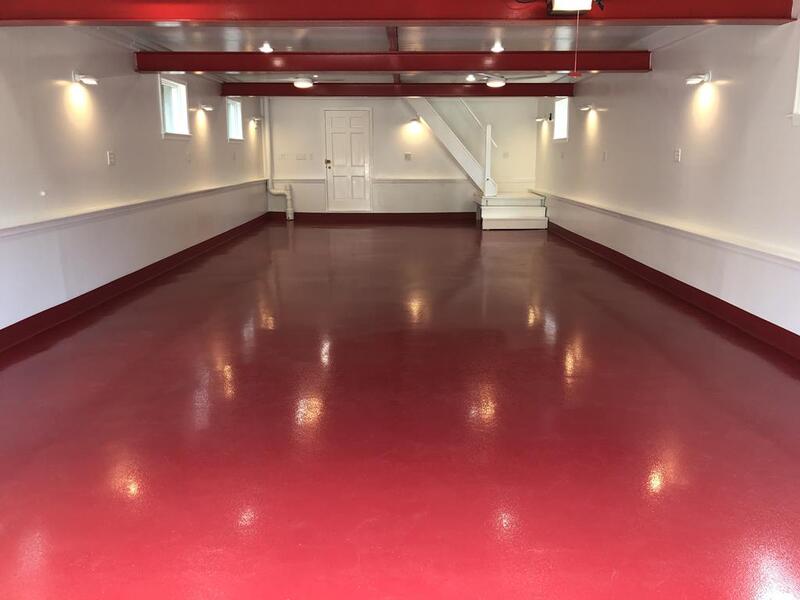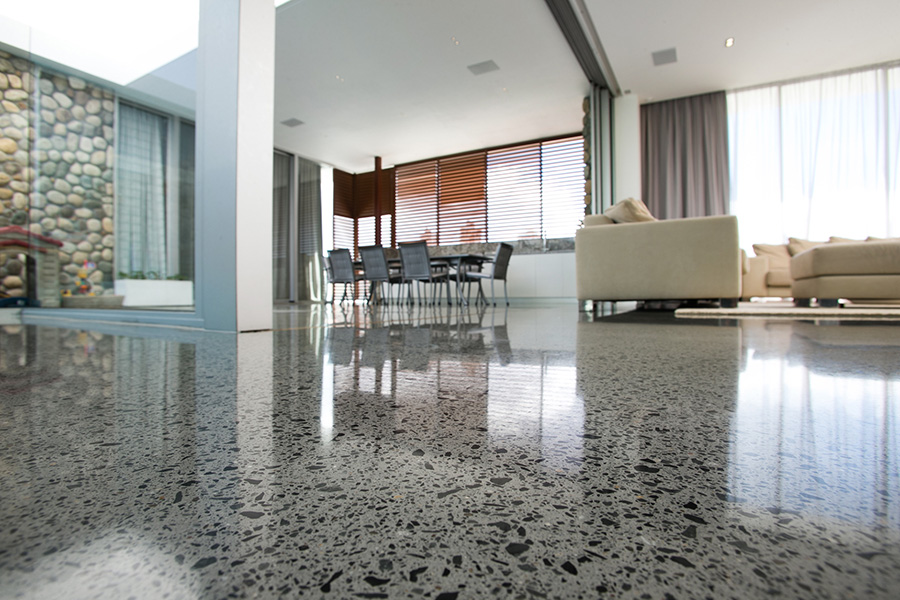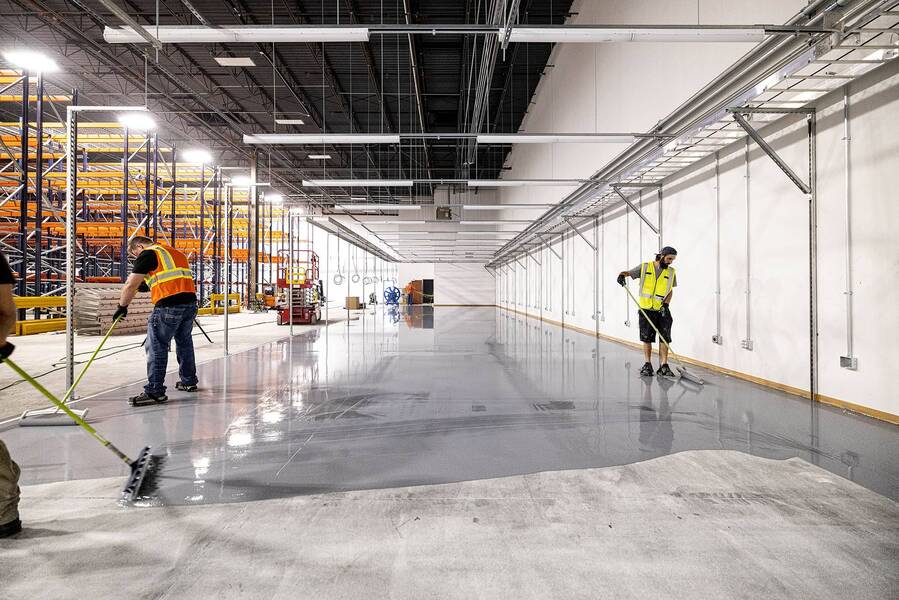Introduction
In the industrial world, surfaces matter. They need to withstand heavy machinery, constant foot traffic, and the daily wear and tear that comes with dynamic operations. Industrial spaces demand resilience, functionality, and, when possible, a touch of brilliance. This is where industrial concrete polishing comes into play, a process that can elevate rough and uninspiring surfaces into durable masterpieces. In this blog post, we will unveil the power of industrial concrete polishing, showcasing how this transformative process aligns perfectly with the demands of dynamic industries. Discover how our expert solutions redefine surfaces, adding an authoritative touch that reflects the craftsmanship we bring to every project.
The Role of Industrial Concrete Polishing
Industrial spaces serve as the backbone of many sectors, from manufacturing and warehousing to automotive and logistics. The flooring in these environments plays a crucial role in the overall efficiency and safety of operations. Industrial concrete polishing offers several advantages that cater to the specific needs of these dynamic industries:
Durability: Polished concrete floors are exceptionally durable and can withstand the heavy loads, machinery, and constant traffic found in industrial settings. They resist abrasion, impact, and wear, making them a long-lasting flooring solution.
Low Maintenance: Polished concrete floors are easy to clean and maintain, reducing downtime and operating costs. They require minimal upkeep while maintaining their appearance and functionality.
Increased Safety: The high-gloss finish of polished concrete can improve visibility by reflecting light more effectively. This can enhance safety in industrial settings, reducing the risk of accidents.
Chemical Resistance: Polished concrete can be treated with sealers that make the surface resistant to chemicals and spills, ensuring that the floor remains unaffected by various substances commonly found in industrial environments.
Sustainability: Polishing existing concrete is an eco-friendly option that eliminates the need for additional materials. It also contributes to sustainability goals by reducing waste and energy consumption associated with floor replacements.
The Industrial Concrete Polishing Process
Industrial concrete polishing involves several steps to transform rough surfaces into polished masterpieces. Here’s a breakdown of the process:
- Surface Preparation
The process begins with thorough surface preparation. Any existing coatings, adhesives, or sealants are removed, and surface imperfections or damage are addressed. Preparing the surface ensures that the concrete is ready for the polishing process.
- Grinding
Diamond grinding tools are used to remove the top layer of the concrete, exposing the aggregate beneath. The degree of grinding can be adjusted to achieve the desired level of smoothness and shine. The grinding process also levels the surface, creating a flat and even floor.
- Honing
After grinding, the concrete is honed to further refine the surface. This involves using progressively finer diamond abrasive pads to smooth out imperfections and enhance the concrete’s natural shine. Honing continues until the desired level of smoothness and reflectivity is achieved.
- Polishing
The final step is polishing, which involves using fine-grit diamond abrasive pads to achieve the desired level of gloss and reflectivity. The polishing process can be customized to achieve various levels of sheen, from a matte finish to a high-gloss shine.
- Sealing
To protect the polished surface and enhance its longevity, a concrete sealer is applied. Sealers provide stain resistance and make the surface easier to clean and maintain. The type of sealer used can vary depending on the specific requirements of the industrial environment.
Key Considerations in Industrial Concrete Polishing
When considering industrial concrete polishing for your workspace, here are some key factors to keep in mind:
Surface Condition: The condition of your existing concrete surface will impact the results of the polishing process. Damaged or severely worn surfaces may require additional preparation and repairs before polishing can proceed.
Desired Finish: Determine the level of gloss and reflectivity you want for your industrial space. Polishing can range from a matte finish to a high-gloss shine, allowing for customization to match your specific needs.
Maintenance Requirements: While polished concrete is relatively low-maintenance, it’s essential to understand the cleaning and maintenance needs to keep your floors looking their best and ensuring safety in the industrial environment.
Budget Considerations: The initial costs of industrial concrete polishing may vary depending on factors such as the size of the space and the level of preparation required. However, it’s essential to consider the long-term savings and benefits associated with polished concrete.
Key Takeaways
- Industrial concrete polishing offers durability, low maintenance, increased safety, and sustainability.
- The process involves surface preparation, grinding, honing, polishing, and sealing.
- Consider the surface condition, desired finish, maintenance, and budget when choosing industrial concrete polishing for your dynamic industry.

